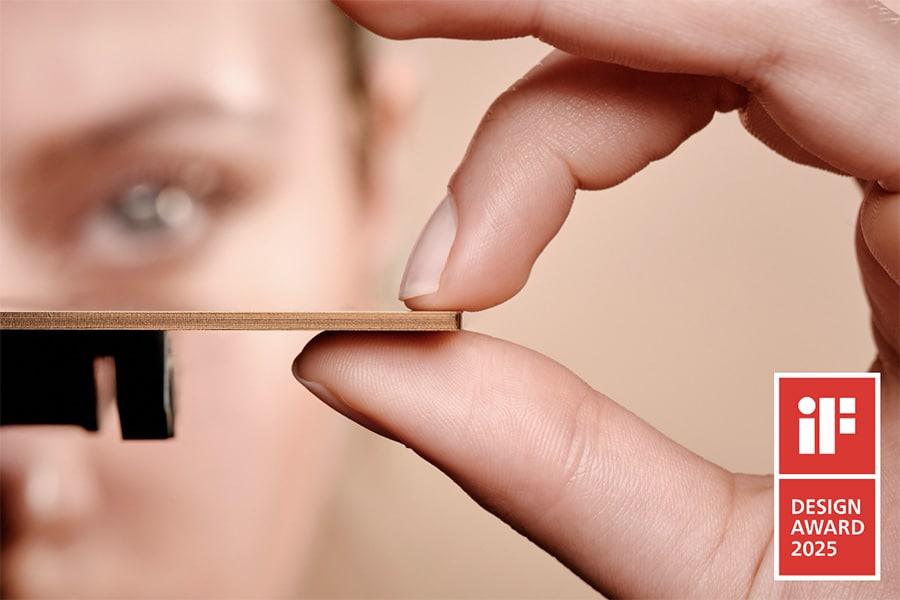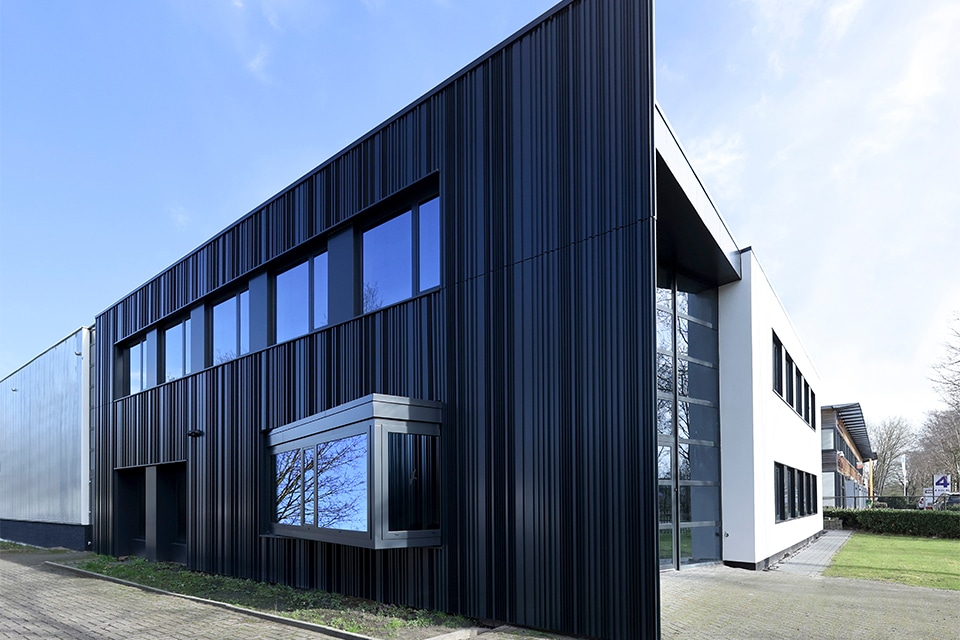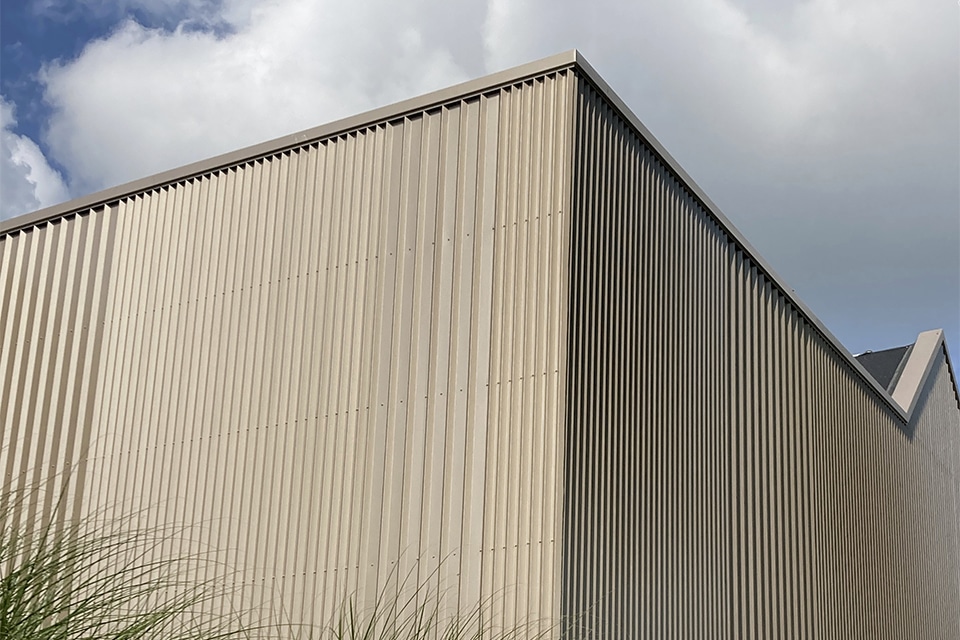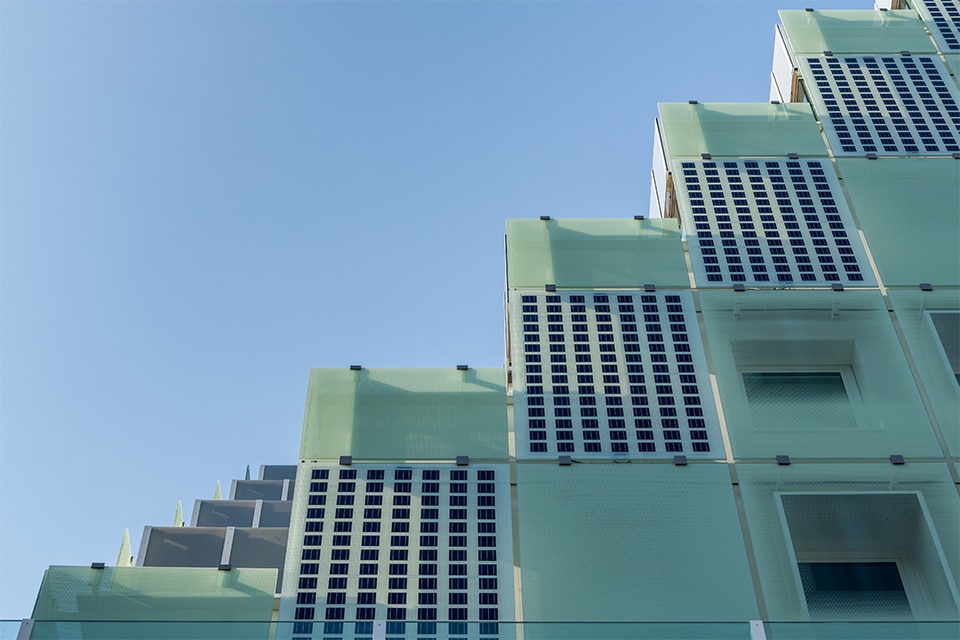
Why classic beauty is no longer the norm
The evolution of architecture
In a world where modern architecture dominates the skyline of cities and glass skyscrapers spring up like mushrooms, the question arises: why don't architects seem to be able to design beautiful classical architecture anymore? So, where majestic pillars, pompous facades that tell a real story and timeless elegance are the true eye-catchers? A tweet from "Culture Critics" - in this past summer and which elicited incredible reactions worldwide - reflects the growing need for nostalgia and classical beauty in architecture. Indeed, the tweet (and all the responses!) calls for deep reflection on the evolution of the discipline now in particular.
And no, that is not illogical. For just look at countries like Greece and Italy where it is precisely this classical architecture that dominates: tourists flock there. Only there do they marvel at the architectural styles of sometimes more than two hundred years ago, while modern urban architecture - sometimes a few kilometers away - attracts no interest whatsoever. Why is that? Do architects still understand what beauty is? Do architects understand what people want to see?

We discuss it in this article from five perspectives.
1. Modernity and functionality
Modern architecture is often characterized by clean lines, minimalist designs and the use of materials such as glass and steel. This stems from the drive for functionality and efficiency in a rapidly changing world. Modern buildings must also often meet stringent energy efficiency and sustainability requirements, which can affect the aesthetic aspect of the design. So, well, from this perspective, we cannot escape this modern architecture. After all, a classical pillar does not have that required functionality at all.
2. Technological advances
Technological advances have also enabled architects to create innovative and futuristic designs. The availability of advanced building materials and technologies has expanded the creative boundaries of architects. So, end of story for classical architecture?

3. Cultural changes
The preference for architectural styles reflects cultural values and zeitgeist. In the 19th century, classical architecture was valued for its symbolism of stability and eternity. Today, we see a shift to a more pragmatic approach, with modern buildings emphasizing transparency and openness. So in the year 2023, apparently a building is no longer allowed to have symbolic value?
4. Economic considerations
Building classical architecture can be more expensive than modern designs because of the craft skills and materials required. In addition, the maintenance of historic buildings can be costly. This can lead to a preference for modern, cost-effective designs. Well, the bill eventually has to be paid. So it is again. But will we be happier as a result?

5. Sustainability and environmental awareness
Modern architecture emphasizes sustainability and environmental awareness. The use of renewable energy sources, green building materials and energy-efficient designs has become crucial to combat climate change. This affects the appearance of buildings and can conflict with traditional architectural styles. Fair is fair: classical Greek pillars have nothing to do with the fight against climate change.
Returning to the classical architecture of the 19th century may not be the solution, yet there are ways - as far as I am concerned - to combine the best of both worlds. Indeed, modern architects can learn (more) from the timeless principles of symmetry, harmony and craftsmanship that characterize classical buildings. They can (better) integrate these elements into their designs in a contemporary way to meet the growing need for aesthetic diversity.
The fact that tourists often gather around historic buildings shows anyway that there is a profound appreciation for classical beauty. However, modern architecture also has its charm and can reflect the times we live in.
It is therefore important to strike a balance between the legacy of the past and the needs of the future. Perhaps that is ultimately the best answer to the trending tweet from the Culture Critics account last summer. The eye wants something, too. Let's not forget that!



